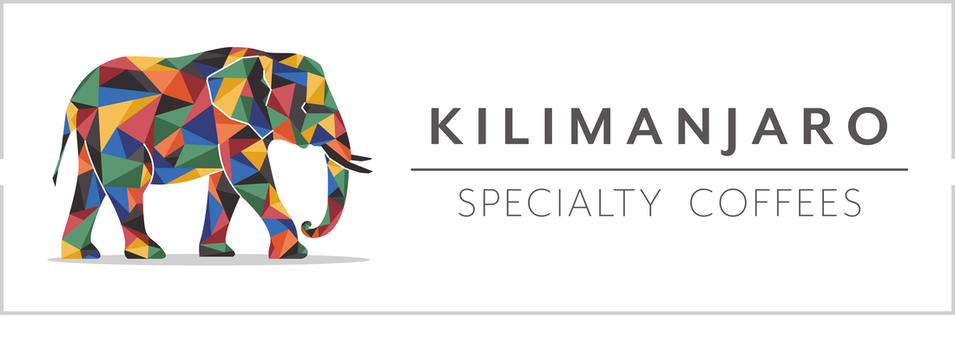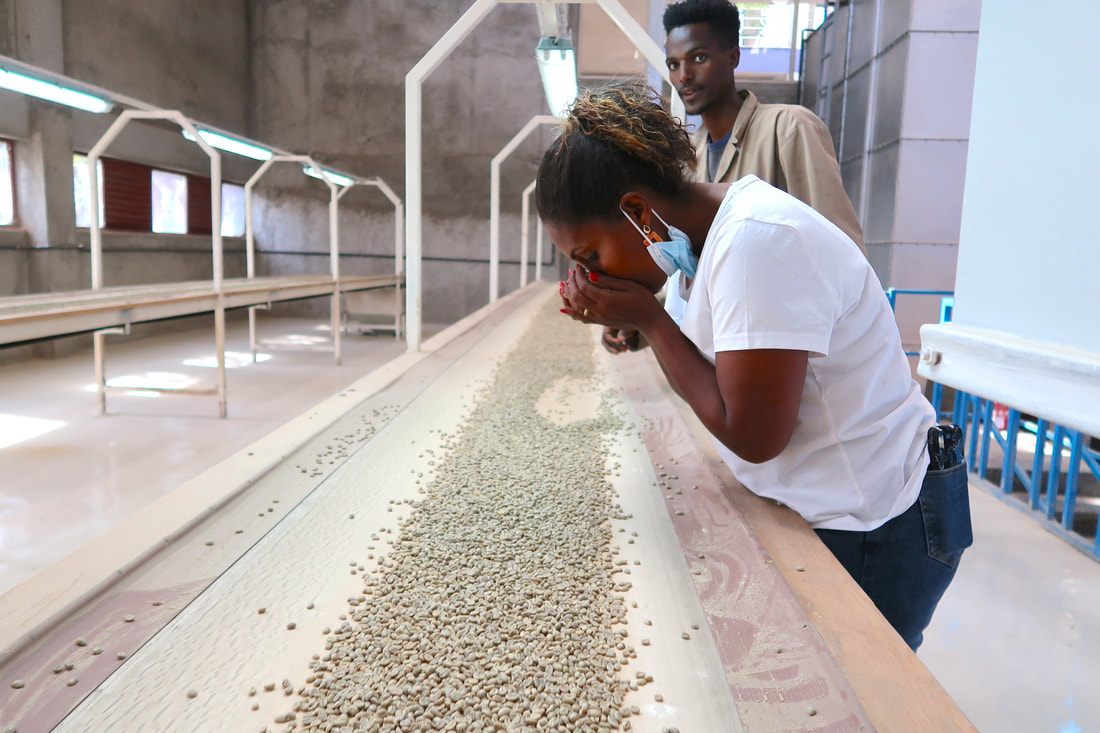Germany was the major importer of the highly-sought beans for the period followed by Saudi Arabia and Japan. This is important, because there are 5 different grades that are allowed to be exported from Ethiopia, so we need to understand the difference between them.
After that Ethiopian coffee was certified as “Cleaned and Graded", always that contained less than 11.5% moisture by weight, and was free of mould, noxious fermentation and other defects. Furthermore, all “Cleaned and Graded Coffee'" was and classified on the basis of their origins and grade. There are eight grades which are determined by the number of defects found in a 300 grams sample. These are:
Grade 1: 0 — 3 defects
Grade 2: 4 — 12
Grade 3: 13 — 25
Grade 4: 26 — 45
Grade 5: 46 — 100
Grade 6: 101 — 153
Grade 7: 154 — 340
Grade 8: (Substandard Grade) over 340 defects
As we mentioned before, only the first 5 grades are allowed to be exported from Ethiopia. So now that we know the basics of the Ethiopian grading system, which is the grade of your Ethiopian coffee? Tell us in the comments.
Know your beans and enjoy your Ethiopian coffee!



 RSS Feed
RSS Feed